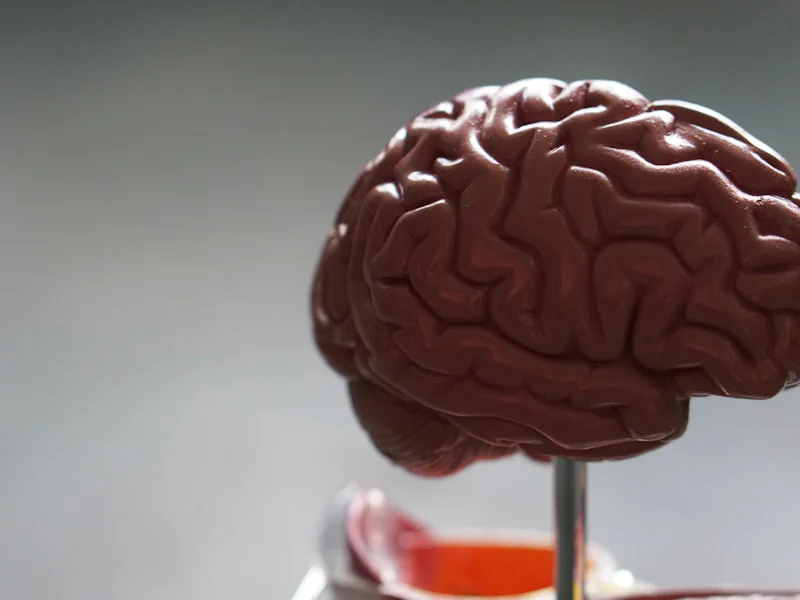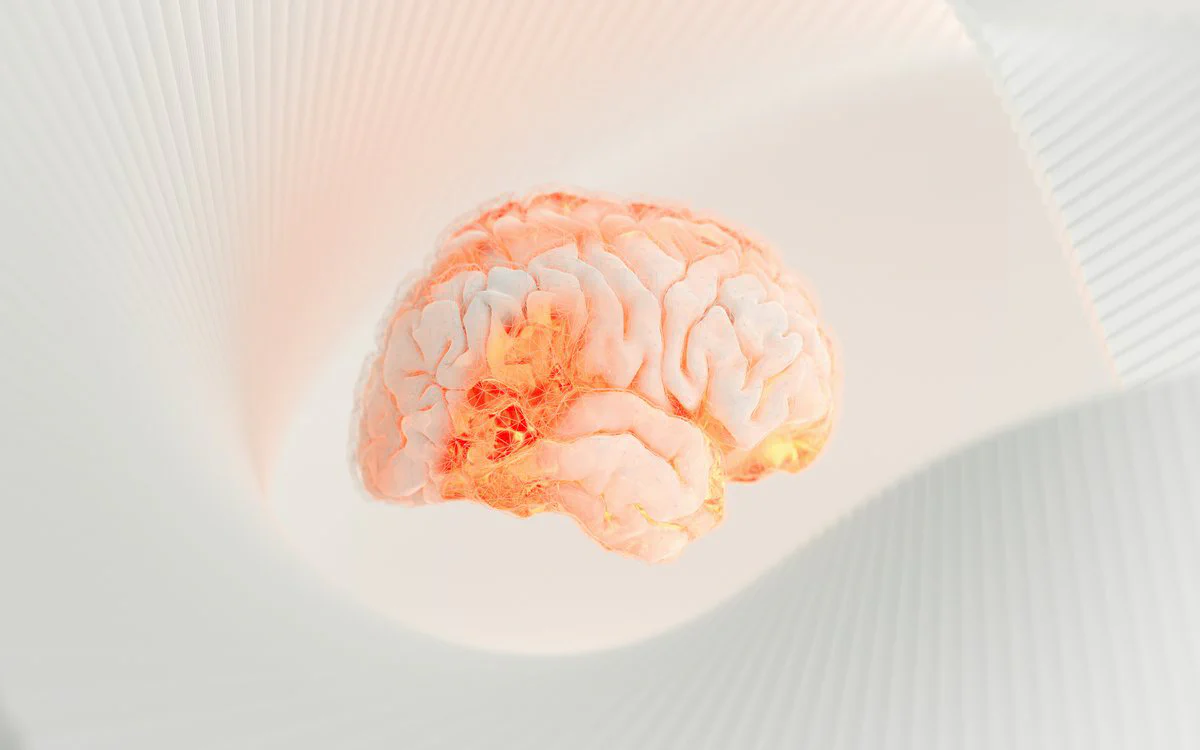Scientific Research on Tratak and Brainwaves
Note
🧠 Ancient practice, modern validation — this guide explores how candle gazing (Tratak) modulates your brainwaves and attention using the lens of modern neuroscience.
Tratak—often referred to as candle‑gazing meditation—is a centuries‑old yogic practice rooted in the yogic purification rituals (shatkarmas). It traditionally involves gazing steadily at a single point of focus, most commonly a candle flame, with a calm, unwavering gaze. This technique, while simple in appearance, demands and cultivates a high degree of mental discipline and stillness. Today, it is drawing rigorous scientific attention for its effects on neural oscillations, attention, and emotional regulation, providing a bridge between contemplative traditions and modern cognitive neuroscience. This article explores how modern neuroscience has measured brainwave changes during Tratak, sheds light on its cognitive and mental health effects, and examines proposed mechanisms. We ground ancient wisdom in peer‑reviewed research to offer a clear, deep, and practical understanding of Tratak’s place in modern mind‑science.

What Is Tratak? A Concise Definition
Tratak has been revered for centuries in yogic texts as a gateway to sharpened perception and inner clarity.
Tratak is more than just a meditative exercise; it is a profound practice embedded within ancient yogic traditions, specifically Hatha Yoga. Often considered a gateway to deeper states of consciousness, Tratak combines both physical stillness and intense mental focus. By fixing the gaze on a single point, usually a flame, the practitioner draws the mind away from distractions, eventually internalizing that focus. Historically, it has been described as a method for awakening higher perception, improving concentration, and purifying the mind of habitual distractions.
- Sanskrit-derived “to gaze” meditation, traditionally a Hatha‑yoga shatkarma or purification practice (Wikipedia).
- Involves sustained, steady visual attention (usually to a candle flame) at eye level, performed with an upright spine and relaxed awareness.
- Designed to cultivate Dharana (focused attention) and facilitate deeper states of awareness.
Brainwaves 101: The Electrical Language of Rest, Focus, and Flow

EEG records oscillatory brain activity across four primary bands:
- Beta (13–30 Hz): alert, task-oriented thinking; high during stress.
- Alpha (8–13 Hz): relaxed wakefulness, internal focus, meditative alertness.
- Theta (4–8 Hz): deep meditation, intuition, deep creativity.
- Delta (< 4 Hz): deep sleep, unconscious states.
Meditative practices often increase Alpha and Theta activity—markers of calm yet vigilant awareness (PubMed, PMC).
Key EEG Findings in Tratak Studies
Improved Memory & Attention
Participants performing Tratak showed significant improvement in working and spatial memory — Linked to enhanced attention span measured via standardized tasks (PMC).
Over 8 weeks, Tratak practitioners (20 min/day) demonstrated significantly higher performance in concentration and memory recall (Worldwide Journals).
A psychology journal highlighted how Tratak enhanced concentration and memory through slower oscillations and pineal gland stimulation (Lupine Publishers).
Stress Reduction & EEG Complexity
EEG studies show Tratak increases signal complexity and meditative depth using nonlinear analytics (ResearchGate) - Note: Access may be restricted
Alpha/Beta ratio increases correlate with relaxation; reduced Theta/Beta ratio reflects improved attention control (PMC).

Synergy Effects with Kapalbhati
- Combined practices show increased alpha activity and attentional control in pilot studies (ResearchGate) - Note: Access may be restricted
Cognitive and Neural Mechanisms
- Meditation meta-analyses confirm enhanced alpha/theta activity and reduced mind-wandering via frontal cortical engagement (arXiv).
Interpreting the Results
Lower Beta, Elevated Alpha/Theta
- Reduced rumination and increased meditative calm align with cortical shifts seen during Tratak.
Visual Fixation for Attentional Training
- Steady gaze activates visual attention networks and quiets internal dialogue.
Pineal Activation
- Ancient third-eye symbolism overlaps with pineal and melatonin-regulated mechanisms.
Nonlinear Complexity
- EEG entropy and fractal changes reflect flexible, resilient brain states.
Mental Health & Cognitive Benefits
- Tratak reduces stress and anxiety via enhanced alpha rhythms and simpler practice logistics.
- Enhances memory and focus per multiple small-scale studies.
- Theta-related benefits hint at sleep improvements and creative flexibility.
- Many use Tratak as a preparatory practice for deeper meditation.
Limitations & Future Research
- Small sample sizes and lack of control groups in existing studies.
- No longitudinal data or neuroimaging follow-ups yet.
- Scope for randomized clinical trials using standardized Tratak protocols.
Practice Tips
- Candle 1m away, eye-level.
- 5–10 min daily to start.
- Use soft nasal breathing (e.g. inhale 4s, exhale 6s).
- Blink when necessary, return focus gently.
For comprehensive guidance, see our safety tips guide.
Conclusion
Tratak is supported by preliminary EEG and cognitive studies indicating benefits in relaxation, focus, memory, and emotional regulation. While the field awaits more rigorous data, ancient wisdom is increasingly supported by modern neuroscience. To explore the practical applications, visit our comparision guide.
References
- PMC Study on Tratak and Memory
- PubMed Meditation EEG Meta-Analysis
- Lupine Publishers - Tratak Benefits
- Worldwide Journals - Tratak in College Athletes
- ResearchGate - Tratak EEG Complexity - Note: Access may be restricted
- ResearchGate - Tratak + Kapalbhati - Note: Access may be restricted
- PMC - EEG Ratio Studies
- arXiv - EEG Review
- Wikipedia - Trataka